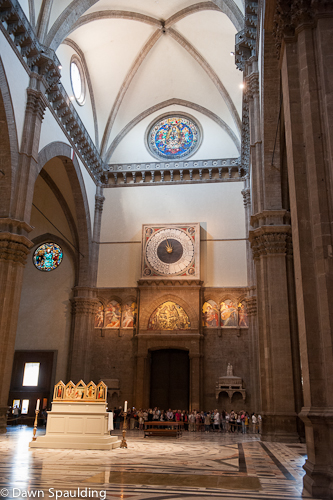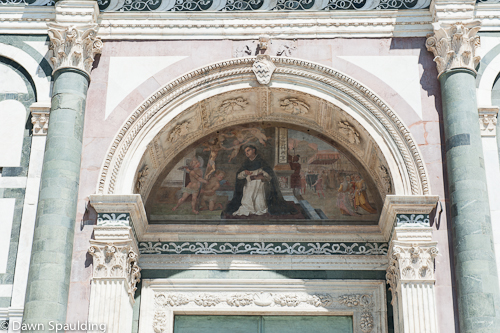Shore Temple is in Mamallapuram, on the Bay of Bengal. This UNESCO World Heritage Site exemplifies the architectural and sculptural excellence of the Pallava dynasty. These monuments were built during the 7th century AD. The entire temple stands on a naturally occurring granite boulder. The temple complex has three separate shrines. Two are dedicated to […]

Seetha Amman Temple
We stopped by this roadside temple on our way out of Nuwara Eliya. This is the only temple dedicated to Seeta Amman, consort of Lord Rama. Here is where Seeta was held captive by King Ravana, after he kidnapped her from India over five thousand years ago. I don’t know much else about this, […]

Gal Vihara
Gal Vihara is a group of Buddha images, likely marking the high point of Sinhalese rock carving. 4 Buddha statues carved into a single large granite slab. They were originally part of the Alahana Pirivena monastic complex. The sockets cut into the rock behind the statues show where wooden beams would have been inserted, giving […]

Dambulla Royal Rock Temple
Dambulla Royal Rock Temple is a great example of Sinhalese Buddhist art. This temple dates back to the 1st century when King Valagamba was driven out of Anuradhapura by Tamil invaders. He took refuge here for 14 years before regaining the throne and converting the caves to rock temples. Later kings in the 17th and 18th centuries had […]

Duomo di Siena
In a country overrun with churches, Siena’s 13th-century Romanesque and Gothic Duomo really stands out. This striped marble building is one of the most striking cathedrals I’ve ever seen. The interior pops with bold bands of black and white (the colors of Siena’s coat of arms) and vivid blue vaults. The inlaid-marble floor depicts historical […]

Santa Maria del Fiore, or Duomo, Florence
I think this is the most magnificent structure in Europe. Every time I return to Florence and lay fresh eyes upon this colorful, patterned exterior, I’m struck by its beauty. The original 6th-century church that stood on this site was deemed inappropriate in the 13th century, the same time that new cathedrals sprung up in […]

Baptistery of San Giovanni, Florence
This is the oldest building in Florence. It served as the city’s first cathedral as early as 9th century AD. The interior’s ancient granite columns are believed to have come from the city’s old Roman capitol and the pavement mosaic likely belonged to an old Roman bakery. The exterior was embellished in the 11th century […]

Basilica di San Croce, Florence
This neo-Gothic structure is the Franciscans’ principal church and is the largest Franciscan church in the world. Built in the 13th century, it replaced an older church that the congregation had outgrown. The walls and floors contain monuments to 270 notable Italians and tombs of some, including Michelangelo and Machiavelli. 16 chapels are adorned with […]

Santa Maria Novello, Florence
This 13th-century church was one of the first Florentine basilicas. It was constructed by the Dominican order to replace a 9th-century oratory dedicated to Santa Maria delle Vigne (hence the “Novello”). The old church was gifted to the Dominicans upon their arrival in Florence, but was deemed too small. The new one was designed with […]

Theatinerkirche, or St Catjan, Munich
This 17th-century Baroque church is a burst of color, with golden towers and a green copper dome. It is modeled after Rome’s Sant’ Andrea della Valle. The façade was completed in Rococo style by François de Cuvilliers, who was credited for bringing Rococo to Germany. The interior is white stucco. The church and monastery were […]
